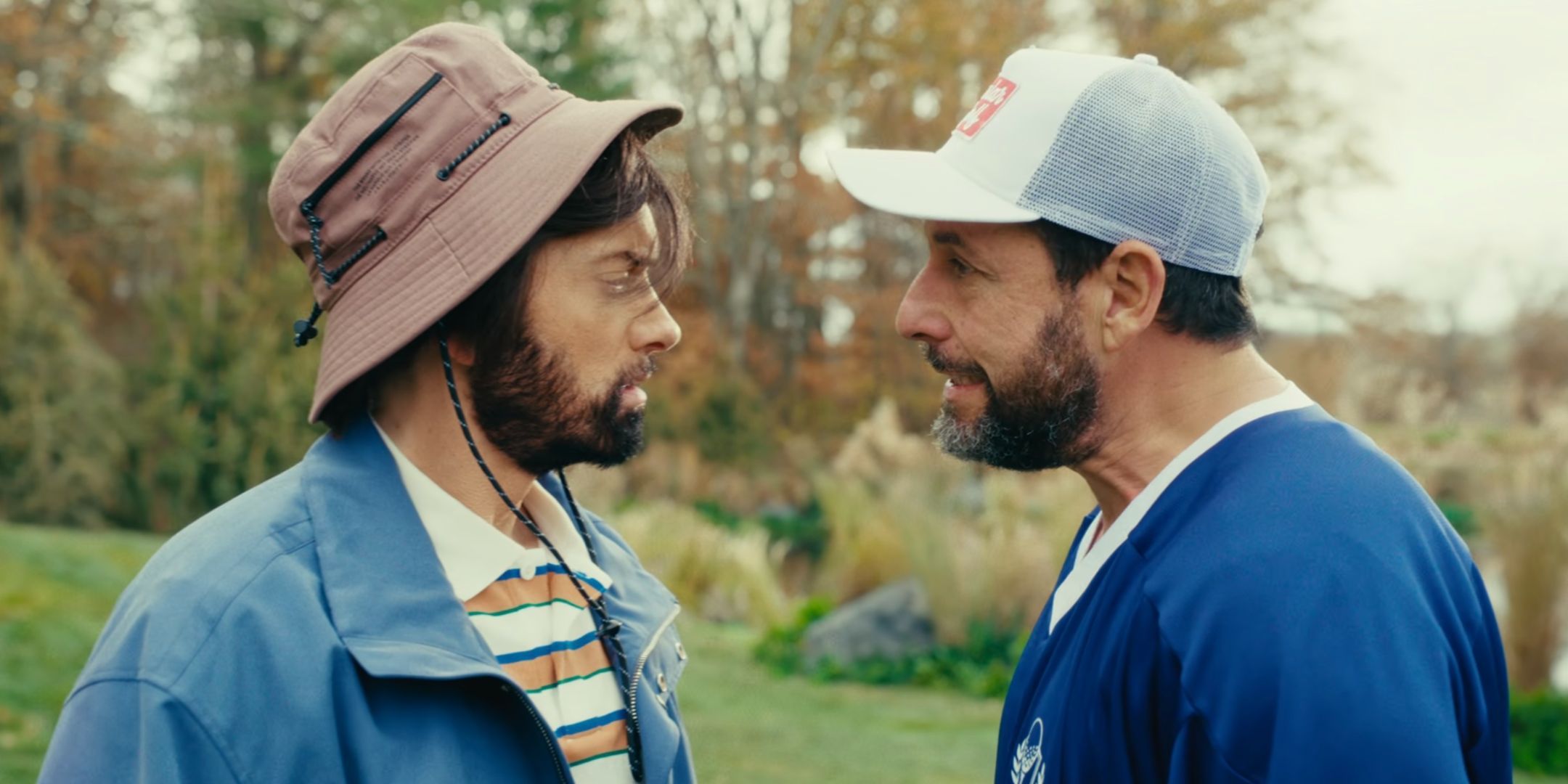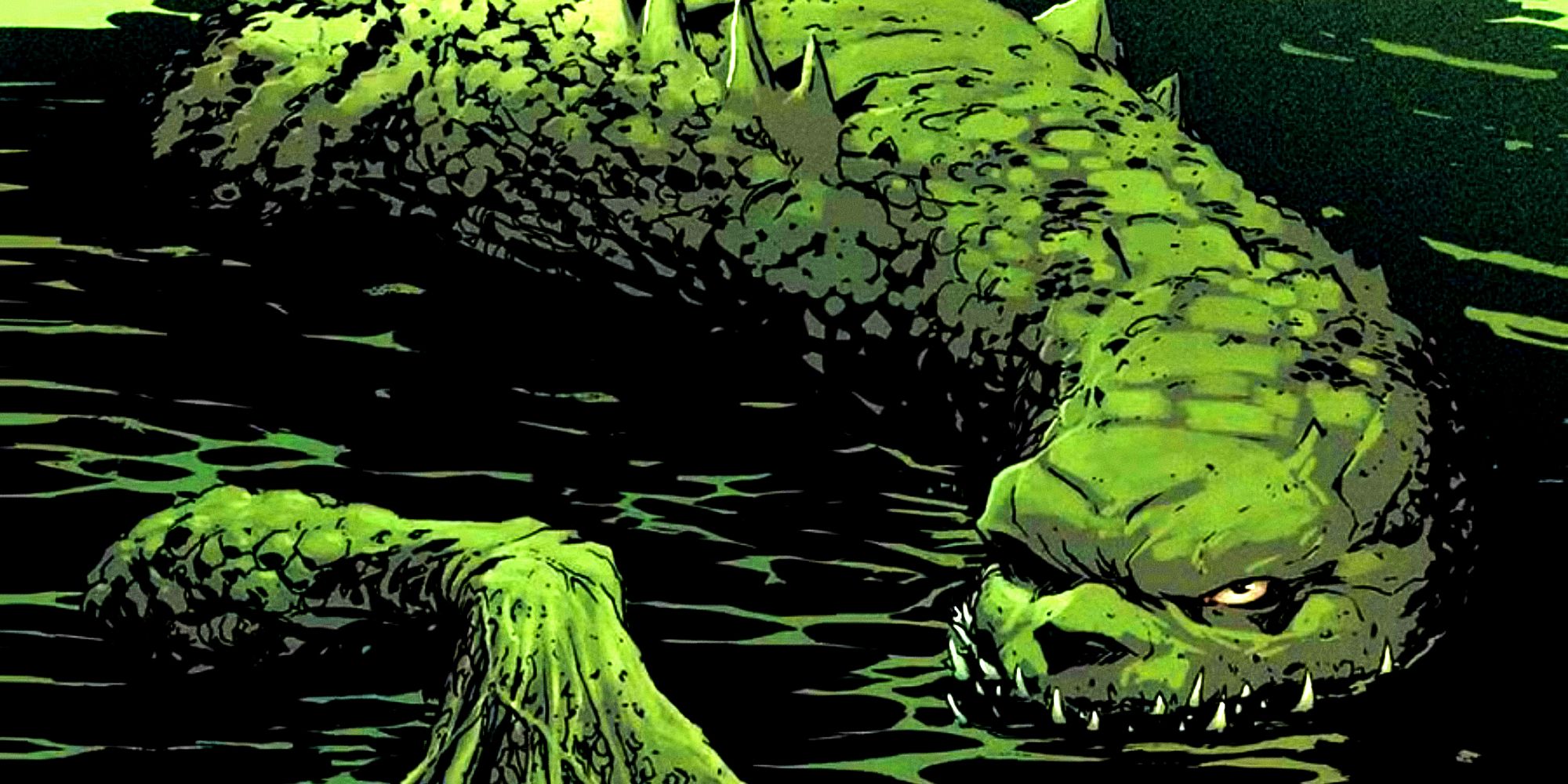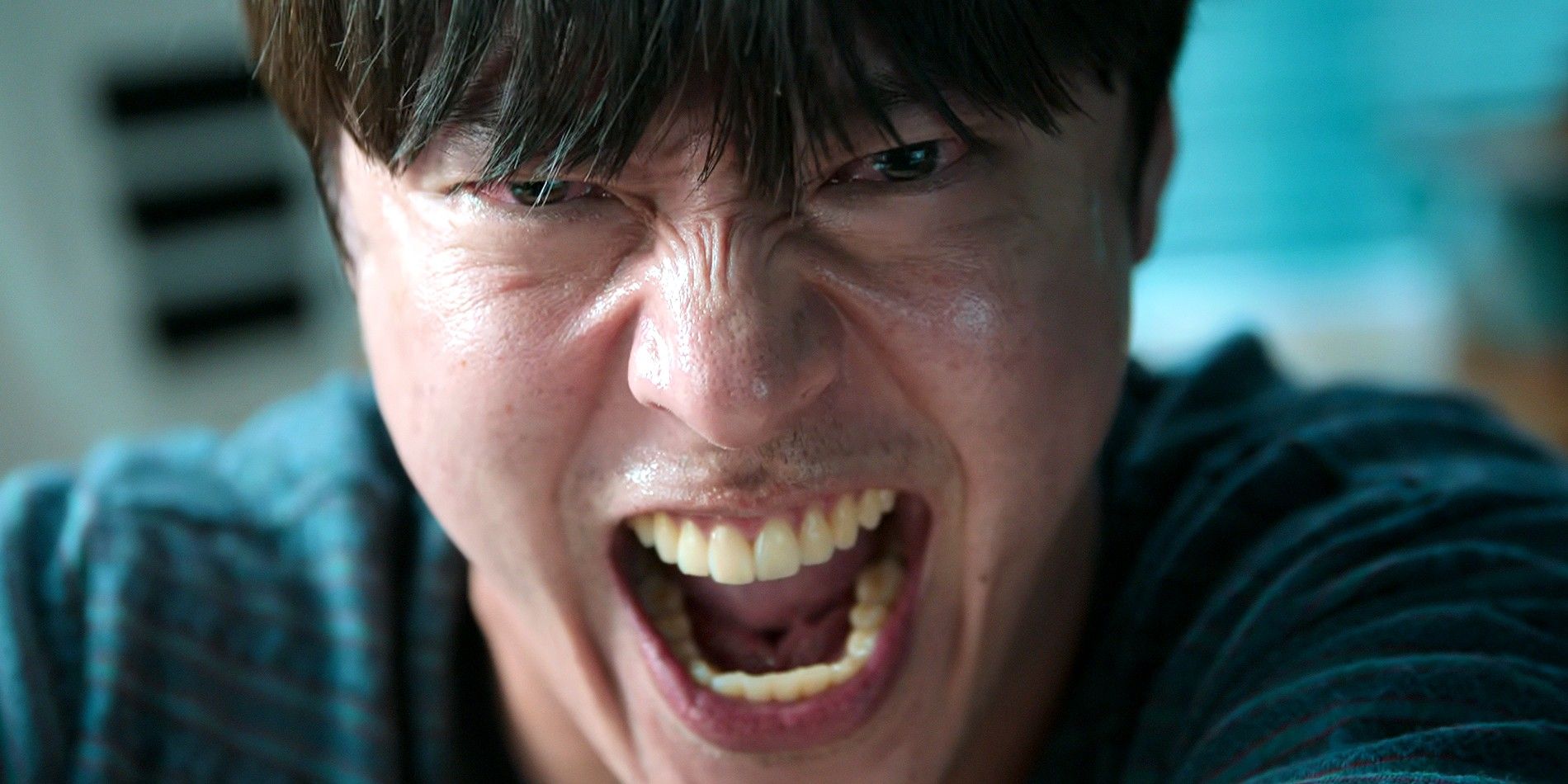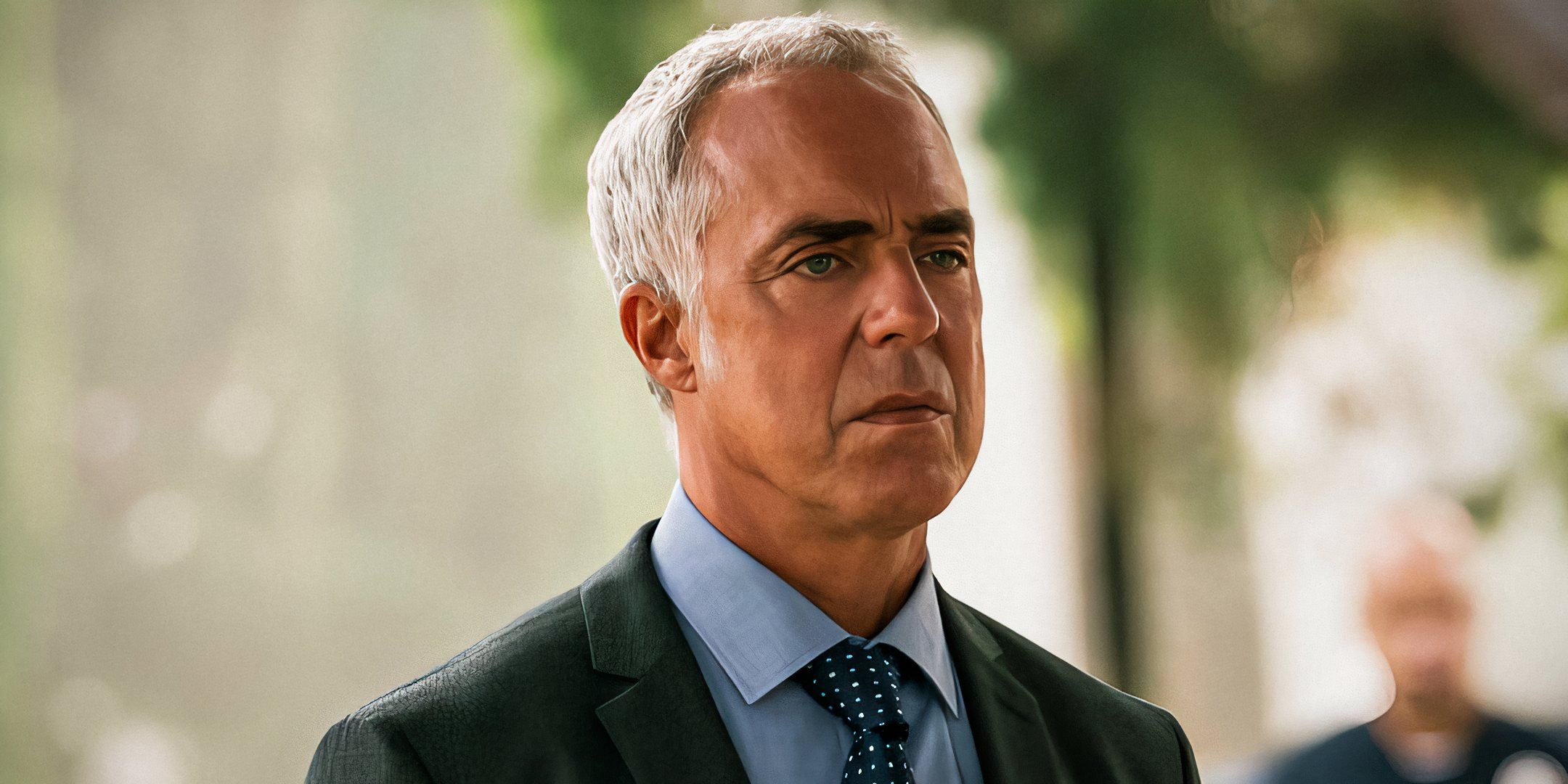The upcoming Lord of the Rings prequel, The Hunt for Gollum, faces a unique challenge: how to convincingly bring back beloved characters who have aged since the original trilogy. While prequels attempted this with a combination of practical effects and CGI, the results were met with mixed reactions, particularly concerning the noticeably different appearance of characters in The Hobbit like Legolas.
A movie requiring even more special effects for de-ageing makes me question whether or not there will be more of the uncanny valley seen in The Hobbit, set 60 years before The Lord of the Rings. As long as the writing and performances are strong in Serkis’ Middle Earth project, key actors being older is arguably unimportant – however, it is a more difficult topic when it comes to the elves.
The Hunt For Gollum Will Need To Use De-Ageing Technology, Just Like The Hobbit Movies
The Hobbit Achieved De-Ageing With More Practical Effects
The priority in The Hunt For Gollum prequel, which follows Gollum after Bilbo takes the ring, seems to be getting the original cast involved as much as possible. The Hobbit movies saw many new actors cast for this prequel, except for some original cast from The Lord of the Rings, including Cate Blanchett, Orlando Bloom, Ian Holm, Christopher Lee, Hugo Weaving, Elijah Wood, Ian McKellen, and Andy Serkis. In these prequels – except for Gollum, who obviously didn’t need de-ageing – the effect was achieved with a variety of techniques. It had a mixed reaction from audiences.
The Hobbit trilogy used a combination of face taping, makeup, lighting, camera exposure, and CGI to cleverly give the actors a more fresh-faced appearance. A common viewer complaint is that The Hobbit has a “fake” appearance compared to The Lord of the Rings trilogy. This is partly down to the frame rate – 48 fps rather than 24 – which gives it a smoother look. The Hobbit was also filmed in 3D, requiring a lot more light to account for the loss of it through polarized filters. This has an impact on both the exposure and color grade of the movies.
I Hope The Next Lord Of The Rings Movie Avoids The Issues With The Hobbit’s Legolas
A Story Following Gollum Should Go Back To The Grittier Look Of LotR
In particular, audiences have noted that Legolas looks strange in The Hobbit movies. As well as having a practical reason for having a more saturated look, The Hobbit also has a different aesthetic feel to The Lord of the Rings. Whereas LotR is thematically dark, The Hobbit is a story told through Bilbo’s romantic, adventurous eyes. Although the stylistic choice makes sense, it has a negative impact when it comes to how the original cast looks in the movies, especially Legolas. The cast can hardly be blamed for aging, but the corrective result looks artificial.
Orlando Bloom was infamously inconsistent with contact lens wearing in The Lord of the Rings, but I think the fluctuating result is actually quite effective, with more intense close-ups of Legolas featuring striking blue eyes, such as the confrontation at the Black Gate in The Return of the King. In The Hobbit, CGI is used to give him blue eyes so he can ditch the contacts altogether, but it looks more uncanny. In addition, the lighting necessitates heavier makeup. Although he still looks great, it gives him a more bronzed appearance, rather than the naturalistic look in the original trilogy.
There’s Reason To Be Hopeful About The Hunt For Gollum’s Returning Characters
Andy Serkis Is Excited About The De-Ageing Technology
Orlando Bloom has given exciting updates about the return of Legolas in Andy Serkis’ new The Lord of the Rings movie, talking about discussions with Serkis about visual effects in particular. In an interview with Variety, Bloom stated:
“I don’t know how they’d do it. I guess with AI you can do anything these days. But, if Pete [Peter Jackson] says jump, I say, “How high?” I mean, he started my whole career. I really don’t know what [they are planning]. I did speak to Andy [Serkis] and he did say they were thinking about how to do things. I was like, “How would that even work?” And he was like, “Well, AI!” and I was like, “Oh, OK!” It was a pretty magical time in my life, and it’s one of those things where there’s not a downside to it.”
I have mixed feelings about the vague mention of AI, but it’s likely Serkis does not want to reveal too much and is using technology not yet seen in cinema. With advancements in de-ageing tech, as well as Weta Workshop always being ahead of the curve, he and Jackson will hopefully make the best of it. Audience disinterest in 3D movies removes another poor factor about The Hobbit. Following Gollum is also likely to return to the moodier look of the beloved original trilogy, so I don’t think they will need to look as smooth as in The Hobbit.
I think Serkis and Jackson could do it justice, but the excitement does not seem to have convinced everyone…
Although the use of AI is controversial, AI-driven software has recently been used in conjunction with other digital effects. This would enable Serkis to involve the original cast of The Lord of the Rings without the audience needing to suspend too much disbelief. I think Serkis and Jackson could do it justice, but the excitement does not seem to have convinced everyone; in an interview with GQ, Viggo Mortensen carefully stated he would only play Aragorn in The Hunt For Gollum “if I was right for it in terms of, you know, the age I am now and so forth”.
Source: Variety, GQ





